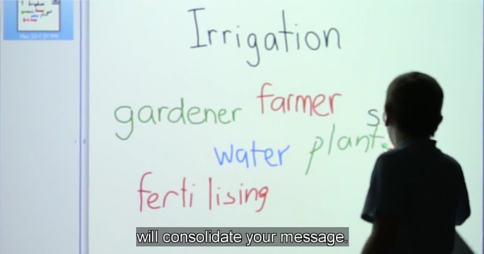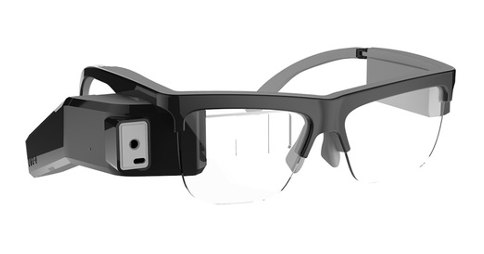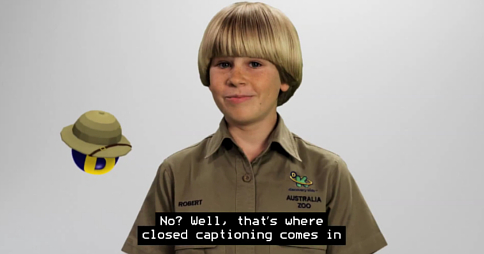Captions
Real-time captioning glasses premiere at French arts festival
Five key captioning roles for specialist educators

Five key roles you can play are:
1. Broadening the reach of access services to others
Top of page
Academic calls for new audio description policy
Five tips to make the web work better in your language

There are several reasons why the web becomes more complicated for non-English speaking users, and it’s a combination of a number of factors:
Top of page
UK channels breach rules by not providing access in other countries
Choosing captioned options is an essential first step
Using captions to teach skills and concepts
Considering that captions are really just words used in a particular way to provide access and meaning, it challenges us as educators to ponder how we can use the opportunity these words provide. The written word has been used to teach concepts for thousands of years, so let’s look at words in the context of access. The use of captioned video ‘turns a light on’ to expose the hidden treasure – information – which lies within the video. Further learning for all students can be facilitated by releasing that knowledge in a variety of forms.
Top of page






![Finger pointing to the text "English Captions: Yes [Descriptive subtitles for the hearing impaired]" on the back of a DVD box Finger pointing to the text "English Captions: Yes [Descriptive subtitles for the hearing impaired]" on the back of a DVD box](/sites/default/files/images/2015_news_images/July_2015/Finger_pointing_to_CC_on_DVD_box_v2.png)

